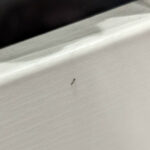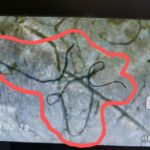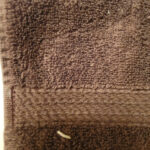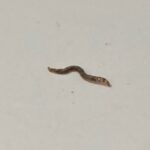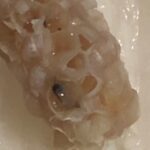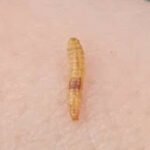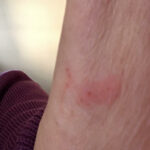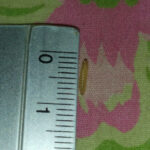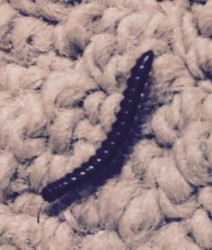Jack pine budworms are considered to be the most damaging pests to pine trees, especially jack pines. Jack pine budworms feed off the needles of pine strands. It is native to North America and not only is it damaging to pines, it can cause enough damage to contribute significantly to wildfires. The jack pine budworm (Choristoneura pinus pinus) appetite contributes greatly to defoliation, which in turn plays a significant role in tree mortality and topkill. This creates the fuel needed for wildfires.
Although beautiful, jack pines are not just for show. They provide a sizable amount of valuable timber, and they have recreational and wildlife significance. Because of this, it is important to control jack pine budworm infestations at all costs. Jack pine budworm outbreaks occur on a regular cycle, but the budworm has only one generation each year. Jack pine eggs typically hatch within 10-14 days and you will notice clusters of more than 30-40 eggs on a single jack pine needle.
Once the budworm eggs hatch, they do not feed immediately. They usually spin silk cocoons for overwintering. They overwinter, then hatch in the spring. The hatching usually takes place between May and June. The budworm will feed on pollen first, then fresh, new pine needles. Once all new pine needles are consumed, they will polish off old pine needles. This feeding will last for a whopping six weeks, which means the carnage is typically over by July. When feeding ends pupation begins. Pupation occurs on infested needles and shoots and in roughly 6-10 days the adult moths will emerge.
The youngest jack pine budworms are yellowish-brown (they look green), and they are a little under ½ inches long. The older worms are reddish-brown, with a black head and black plate behind the head. Their bodies don cream-colored spots. The adult caterpillars are roughly 1 inch in length.
If you have jack pine budworms in your pine trees chances are your trees needles appear a reddish color and they are very dry. If the needles are bright red, this is an indication that they are severely damaged. You will notice partially eaten needles, shed skins, and pupal cases stuck to shoots and needles of damaged trees. Trees may have thin crowns or they may be dead. A grayish color indicates pine trees that are in their most severe state.
To manage jack pine budworms, start with your trees. Young trees can survive the attacks, while older trees rarely survive defoliation. Also, make sure the quality of your site is good. It’s best to keep your pines on well-drained earth (a mixture of clay, sand, and humus). If flowers surround your pines, this will only attract more budworms, so limit the number of flowers around your pines.
If none of this works, you can use Bacillus thuringiensis or “Bt” for short. Bt is a naturally occurring bacterium. According to the Ministry of Natural Resources in Ontario Canada, “Bacillus thuringiensis subspecies kurstaki, or Btk, is the active ingredient in insecticides used to control a group of insects called Lepidopterans including destructive tree pests such as budworms and moths.”
This bacteria has been used for more than 30 years “as a biological control for a variety of agricultural and forestry insect pests.” The ministry suggests that you “match the variety of Bt to the target insect.” Keep in mind that “Btk only works on larvae of moths or butterflies that have an alkaline digestive system, rather than acidic, which humans and other animals have.” Btk can be purchased at a number of online retailers. Simply do a search and browse through the results.
All About Worms is always free, always reader-supported. Your tips via CashApp, Venmo, or Paypal are appreciated! Receipts will come from ISIPP Publishing.



